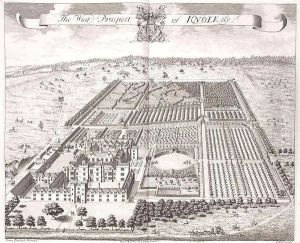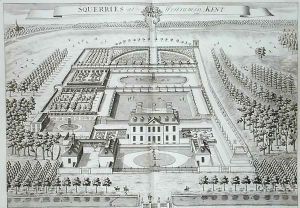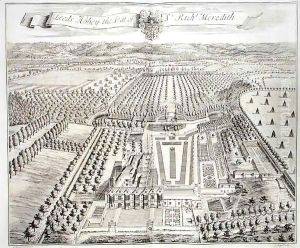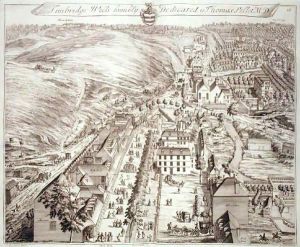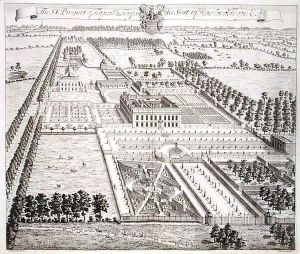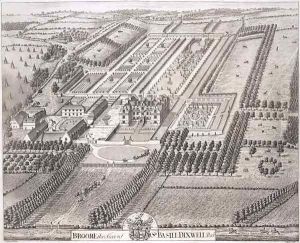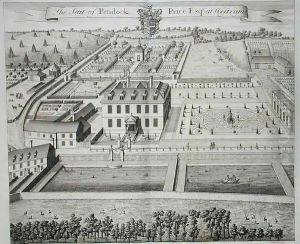Thomas Badeslade Paintings
Thomas Badeslade was an English draughtsman and topographical engraver born in 1718. Although his life was relatively short, ending in 1750, Badeslade played a significant role in the development of 18th-century British cartography and landscape illustration. His contributions, particularly in the realm of hydrographical mapping and architectural drawings, reflect the era's growing interest in detailed and accurate depiction of the British landscape and its landmarks.
Badeslade is perhaps best known for his work with the prolific English cartographer and engraver, William Henry Toms. Together, they produced 'Chorographia Britanniae' (Survey of Britain), a series of county maps first published around 1742. This ambitious project was notable for its attempt to provide more accurate and detailed representations of the British counties than had previously been available. The maps were accompanied by historical and topographical descriptions, making the work not only a cartographic achievement but also a valuable resource for contemporary scholars and gentlemen.
Despite the significance of his work, details about Badeslade's personal life and training are scarce. It is believed that he was primarily self-taught, which was not uncommon for the period, with a keen interest in both architecture and landscape. His architectural drawings, which include designs for gardens and estates, also contribute to his reputation as a versatile and skilled draughtsman.
Badeslade's career was cut short by his early death in 1750, by which time he had made substantial contributions to the fields of cartography and topographical illustration. His works remain of interest to historians and collectors, serving as valuable documents of 18th-century British geography, architecture, and landscape design. Though Badeslade may not be as widely recognized as some of his contemporaries, his legacy in the development of British topographical art and mapping is undeniable.
